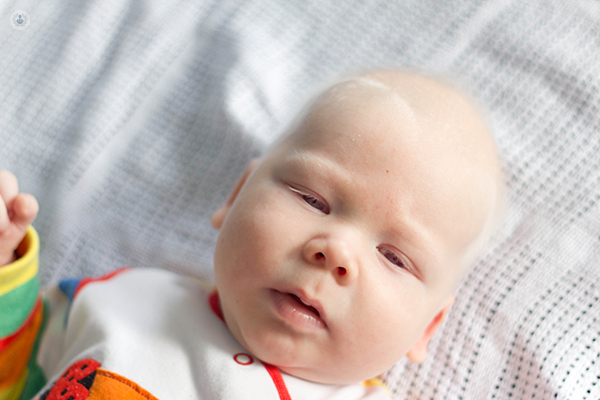


What is paediatric osteopathy?
Osteopathy is a form of alternative medicine. According to its practitioners (known as osteopaths), keeping the bones, muscles, ligaments and connective tissue working together smoothly is key to individual’s health. Massage, moving, stretching, and other physical manipulation of the muscle, tissue, and bones are used to alleviate pain and treat medical conditions.
According to the NHS and NICE, some evidence exists that suggests osteopathy may be of use for treating some musculoskeletal pain and sports injuries, but the general scientific consensus is that there is no real evidence that it is useful for treating the many other health conditions that its proponents claim it can cure.
Paediatric osteopathy involves very gentle and respectful osteopathic techniques on children, in an attempt to address and solve various problems that prevent the proper functioning of the organs and the resulting symptoms, such as pain, sleep problems, and cramps, among others.
Why is it done?
Paediatric osteopathy is purported to treat many conditions, from musculoskeletal issues to gastroenterological issues. It has been claimed that it can be used to treat colic (babies crying), glue ear and asthma. However, these claims are not supported by scientific evidence or clinical trials, with the exception of some limited evidence of osteopathic therapies helping to manage certain musculoskeletal issues, such as sports injuries and joint pain.
What does it consist of?
The treatment of paediatric osteopathy is always carried out manually, with very gentle techniques, in which the osteopath places his hands in different parts of the body of the baby or child, using massage and stretching techniques to try to relax damaged structures and tissues to help them heal.
With the possible exception of musculoskeletal conditions and injuries, it is likely that osteopathy only seems to relieve pain due to the placebo effect.
